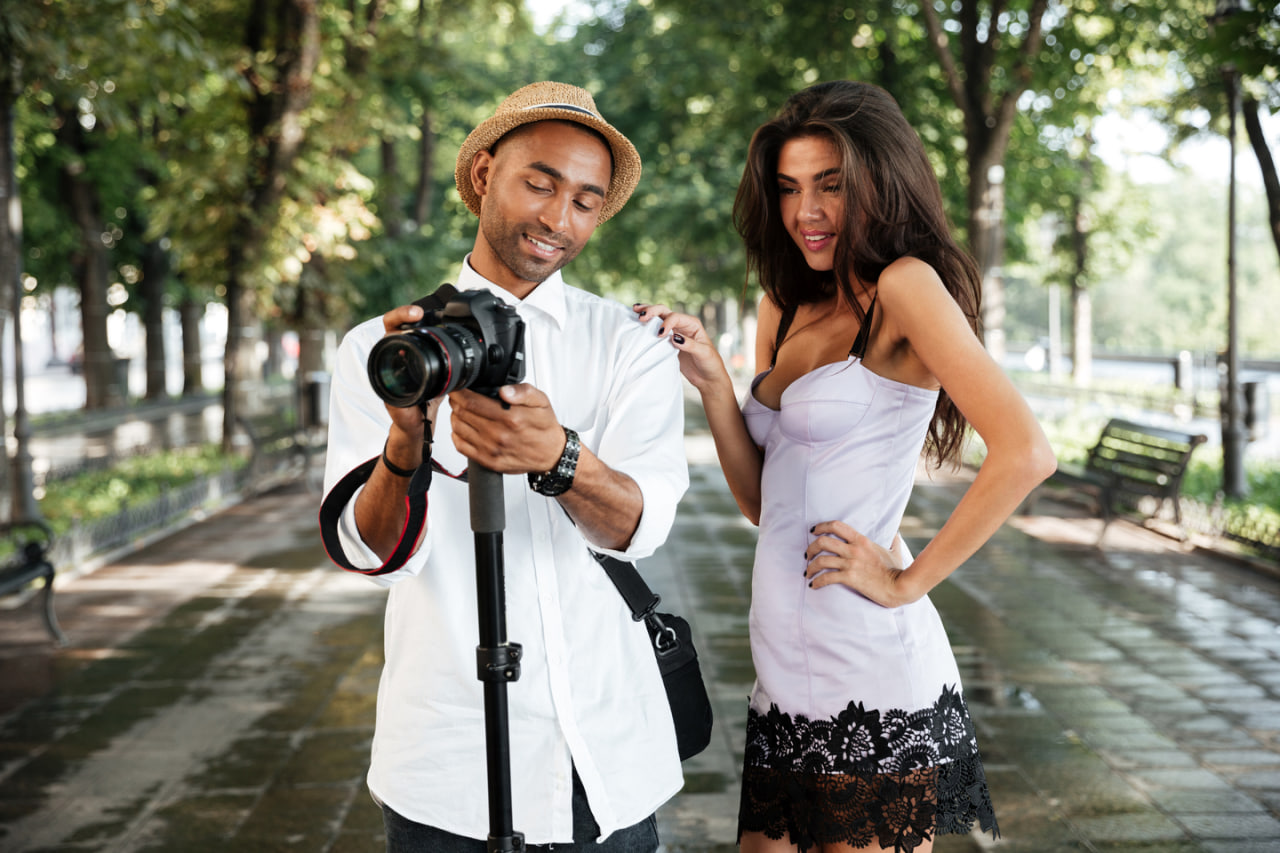Photography is often associated with capturing extraordinary moments, but true artistry lies in seeing beauty in the ordinary. Everyday scenes—streets, homes, parks, or even simple objects—hold the potential for striking, creative images when approached with intention and technique. By applying specific strategies, photographers can elevate the mundane into visually compelling art that tells a story and engages viewers.
1. Observe Light and Shadows
Light is one of the most powerful tools in photography, and understanding how it interacts with your environment transforms ordinary scenes into extraordinary images. Pay attention to the direction, intensity, and quality of light. Early mornings and late afternoons provide soft, warm light, while midday light creates bold contrasts. Shadows can add depth, texture, and drama. Experimenting with silhouettes, backlighting, or reflections can also highlight details and patterns that are often overlooked, turning simple scenes into visually striking compositions.
2. Experiment with Composition and Framing
Composition shapes how viewers perceive an image. Techniques like the rule of thirds, leading lines, and framing guide attention and create balance. Look for natural frames such as doorways, windows, or tree branches to isolate subjects or create layers. Changing perspective—shooting from above, below, or at unusual angles—can reveal patterns and shapes hidden in ordinary settings. By consciously arranging elements within the frame, photographers can transform everyday scenes into thoughtfully composed, artistic shots.
3. Focus on Details and Texture
Sometimes the beauty of a scene is found in small, often unnoticed details. Close-up shots of textures, patterns, or small objects can highlight the visual richness in everyday life. A peeling wall, raindrops on a window, or the intricate weave of a fabric can become compelling subjects when captured thoughtfully. Paying attention to textures and details allows photographers to tell a story through subtle elements, creating intimate, artful imagery.
4. Play with Color and Contrast
Color can dramatically influence mood and impact. Bold colors, complementary tones, or muted palettes can transform simple scenes into visually engaging compositions. Look for color contrasts that naturally occur or experiment with selective saturation during editing. Contrast between light and dark areas, vibrant and neutral tones, or warm and cool hues can enhance the emotional effect of a photograph. Creative use of color and contrast turns ordinary scenes into expressive works of art.
5. Capture Motion and Time
Movement introduces energy and storytelling into photography. Experimenting with slow shutter speeds to blur motion or capturing fleeting gestures can create dynamic compositions. Time-lapse sequences, long exposures, or candid captures of people, animals, or objects in motion reveal narratives that static shots cannot. Observing how everyday elements interact over time—like clouds drifting across the sky or city streets bustling with activity—adds layers of meaning and visual interest to ordinary scenes.
Combining Techniques for Artistic Impact
The true power of transforming everyday scenes comes from combining these techniques. Observing light, framing thoughtfully, emphasizing details, using color creatively, and capturing motion all together allows photographers to create multidimensional, engaging images. Experimentation is key; every scene offers multiple possibilities, and each attempt refines your ability to see the world differently.
Developing an Artistic Eye
Developing an artistic eye requires patience, observation, and practice. Challenge yourself to photograph familiar environments as if seeing them for the first time. Look beyond obvious subjects to find hidden beauty, patterns, and stories. Over time, this approach trains your perception, allowing you to consistently find artistic potential in ordinary scenes.

